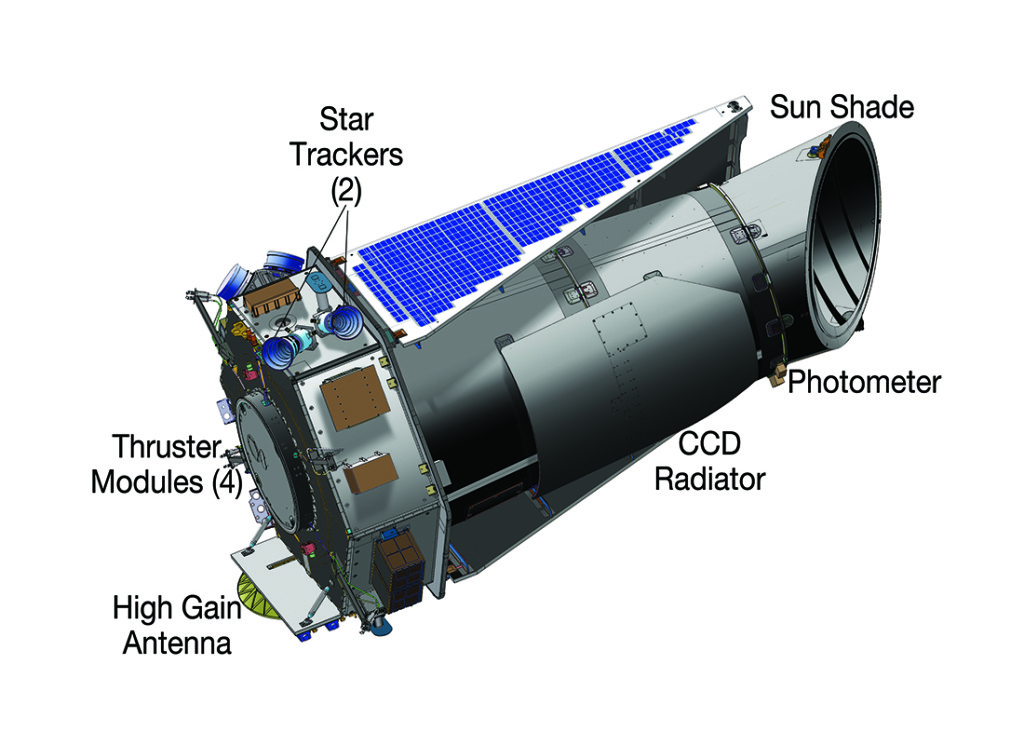“I’m frequently asked, ‘Do you believe there’s extraterrestrial intelligence?’
I give the standard arguments- there are a lot of places out there, the molecules of life are everywhere,
I use the word billions, and so on. Then I say it would be astonishing to me if there weren’t extraterrestrial intelligence,
but of course there is as yet no compelling evidence for it.”
— Carl Sagan

In the early aughts, I was friends with Ryan, a really nice guy who had installed SETI@home on his computer. When he wasn’t working on college essays or playing Starcraft, SETI popped up as quickly as a screensaver, and started to use his processing power to handle just one thread of the millions of bytes of telescope data coming in from all over the world. When we watched movies and played board games in his basement with our friends, SETI blinked away in the corner, watching and analyzing, ever hopeful.
I wonder what he thinks of this week’s news — that users on the astronomy crowdsourcing interface Planet Hunters processed data from the Kepler telescope suggesting there was something unnatural happening around KIC 8462852 — now known in some astronomical circles as the “WTF Star.”

A NASA diagram of how the Kepler observatory works
How does the Kepler telescope work? Basically, Kepler hunts for planets by analyzing the shadows that pass in front of stars. When a star passes by a planet, the star dims; planet hunters use that data to extrapolate whether or not it was a planet and what that planet might look like.
This time, Kepler found a star where, according to Yale astronomer Tabatha Boyajian:
“What was unusual about that was the depth of the light dips, up to 20% decrease in light, and the timescales (of light variation) — a week to a couple of months.”
That wasn’t proper planet behavior at all, she said.
 Evidence of liquid water flowing on Mars, courtesy NASA
Evidence of liquid water flowing on Mars, courtesy NASA
Frankly, one of the reasons there wasn’t more of a hurrah to NASA’s recent announcement to their discovery of water on Mars was that we were expecting it to happen. We’ve listened to Carl Sagan, we’ve heard the lessons of The Doctor, we know in our hearts that Mulder was right. I think the same thing is happening here.
Like astronomer Jason Wright says, aliens should always be the last hypothesis you consider. But he’s a scientist. We here at Sacred Earthlings are science-tinged dreamers.
So yes, it could be a swarm of comets, a large debris field, a moon forming, or some other kind of easily-explainable galactic phenomenon. Something delicious that will still help us learn more about the galaxy where we live and how things work here. And the scientists are going to do a lot more science before a “could be” or a “might be” turns into an “is,” of course, as they should.
But here at Sacred Earthlings, given our mission, we obviously need to hope what the Planet Hunters and the scientists at SETI are hoping: that the unexplainable data may be a giant solar-array superstructure funneling energy from the WTF Star to a nearby alien civilization that has truly advanced engineering skills. Imagine what that would mean: that an alien civilization got so far to channel energy directly from around their very own star. These would be no mere solar panels, my friends, but an engineering feat unlike anything humankind can currently offer. What kind of technology would be available to that civilization? Would there be any want on that planet? Any war? Any energy need at all?
Wouldn’t it be completely nuts if Dyson Spheres were real?
– – –
Lastly, I’d like to thank people for coming back to Sacred Earthlings after a distinct lack of content these few weeks. I hit my head on a kitchen cabinet in late September and received a concussion for my pains; my doctor had me off all screens, texting, and reading about amazing developments to put on this blog. I’m slowly on-ramping back to Internet life, and boy, do I have a lot to say about the brain. Next time, Gadget! Next time….
For more information on the Planet Hunters’ discovery:
CNN
Reddit’s Explain Like I’m Five
ScienceDump
Washington Post
 Buying books in Seward, Alaska!
Buying books in Seward, Alaska!












